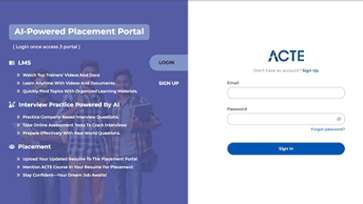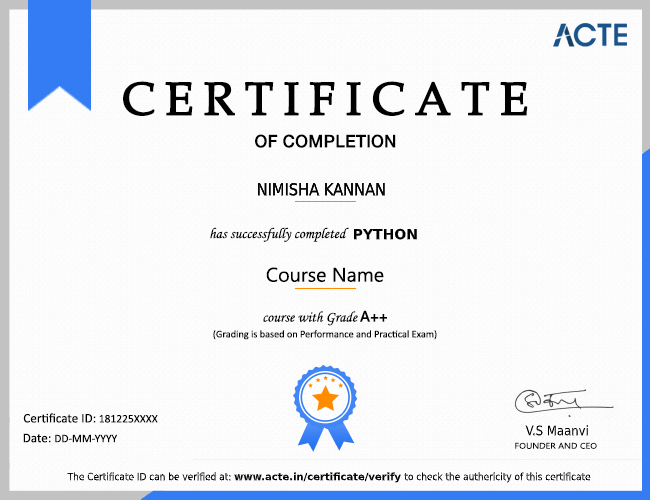An Overview of System Center Configuration Manager
Developed by Microsoft, System Center Configuration Manager is a powerful IT management solution designed to optimize operational efficiency by providing comprehensive control over system configurations. SCCM enables organizations to effortlessly deploy, oversee, and monitor software applications, updates, and operating systems across a network of computers. The platform ensures centralized control of endpoint security with features such as endpoint protection. Moreover, System Center Configuration Manager facilitates efficient management of hardware and software inventory, streamlines patch management processes, and supports automated tasks through scripting and automation. Its multifaceted capabilities position SCCM as an indispensable tool for IT professionals, empowering them to uphold the health, security, and compliance of IT systems within any organization.
Additional Info
Future Scope of SCCM
- Persisting Need for Endpoint Management: As organizations expand their digital infrastructures, the demand for effective endpoint management remains critical. SCCM's functionalities in software deployment, update management, and endpoint security align with ongoing requirements.
- Emphasis on Security and Compliance: With an increased focus on cybersecurity and regulatory compliance, SCCM's role in maintaining and enforcing security policies on endpoints is expected to remain crucial.
- Cloud Integration and Modern Management: SCCM is evolving to integrate with cloud services, reflecting the industry's move towards cloud-based solutions. Its ability to manage both on-premises and cloud-based devices positions SCCM as a versatile solution in hybrid environments.
- Adoption of Windows 11: The release and adoption of new operating systems, such as Windows 11, may drive organizations to update their management tools. SCCM's adaptability to manage the latest Windows environments enhances its relevance.
- Integration with Microsoft Endpoint Manager (MEM): SCCM is gradually being integrated into Microsoft Endpoint Manager, a unified management solution. This integration enhances SCCM's capabilities and aligns it with contemporary IT management practices.
- Increased Demand for Automation and Scripting: The growing demand for automation in IT operations and proficiency in scripting align with SCCM's capabilities, as it supports automation through PowerShell and scripting.
- Role in IT Infrastructure Modernization: SCCM plays a pivotal role in IT infrastructure modernization efforts, assisting organizations in keeping their systems up-to-date, secure, and compliant. This is particularly relevant as businesses aim to adopt modern technologies and practices.
Tools for System Center Configuration Manager
- SCCM Console: The primary graphical user interface employed by SCCM administrators for the configuration and management of SCCM settings, deployment of software, and monitoring system health.
- Configuration Manager Service Manager: An application designed to manage and troubleshoot the services and components of Configuration Manager, accessible on both local and remote computers.
- Client Center for Configuration Manager: A third-party tool offering an alternative interface for advanced users to manage and troubleshoot SCCM clients, augmenting the standard features.
- SQL Server Management Studio (SSMS): Utilized for interaction with the SCCM database, execution of queries, and oversight of the database infrastructure.
- SCCM Toolkit: A suite of tools furnished by Microsoft to aid in troubleshooting and diagnosing issues within SCCM, including Client Spy, Trace32, and Policy Spy.
- SCCM Right-Click Tools: A compilation of supplementary tools seamlessly integrated into the SCCM console, empowering administrators to execute various actions on selected resources.
- SCCM Remote Control: An integral remote control feature within SCCM, enabling administrators to connect to and control client computers for troubleshooting and assistance.
- PowerShell: Frequently employed for automation and advanced configuration tasks in SCCM, with the capability to script various SCCM actions.
- Microsoft Endpoint Manager (MEM): A unified management platform seamlessly integrating SCCM with Microsoft Intune, offering a singular console for overseeing on-premises and cloud-based device management.
- Windows Admin Center: Enabling administrators to centrally manage and troubleshoot SCCM components through a web-based interface.
- Group Policy Management Console (GPMC): Utilized for the management of Group Policies, it can be integrated with SCCM for supplementary configuration and management tasks.
- Windows Deployment Services (WDS): Integrated with SCCM to facilitate operating system deployment (OSD), allowing administrators to deploy Windows operating systems to computers within the network.
Roles and Responsibilities of an SCCM Professional
- Installation and Setup: Install, configure, and maintain SCCM infrastructure components for optimal performance.
- System Administration: Administer and oversee the SCCM environment, managing servers, site systems, and databases.
- Client Deployment: Deploy SCCM clients on networked computers and ensure their proper functionality.
- Software Distribution: Manage the distribution of software packages and applications to end-user devices.
- Patch Management: Develop and implement strategies for effective patch management to maintain system security.
- Operating System Deployment (OSD): Design and execute operating system deployments using SCCM task sequences for new and existing devices.
- Endpoint Protection: Configure and oversee endpoint protection policies to secure systems against potential threats.
- Hardware and Software Inventory: Implement and manage inventory processes to track hardware and software assets.
- Reporting and Monitoring: Generate reports and monitor the health, compliance, and performance of the SCCM environment.
- Automation and Scripting: Employ PowerShell and scripting to automate routine tasks and customize SCCM operations.
Show More































